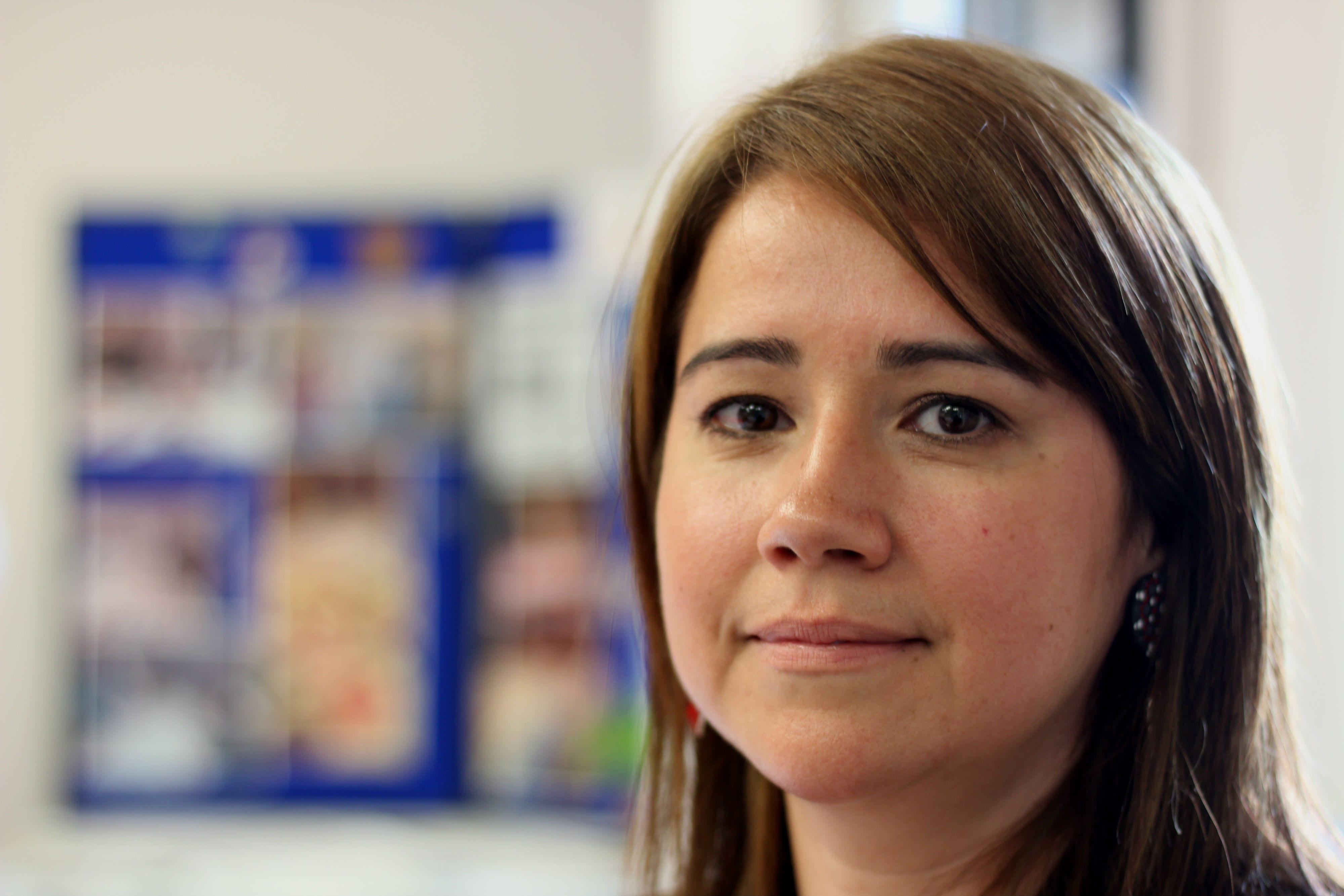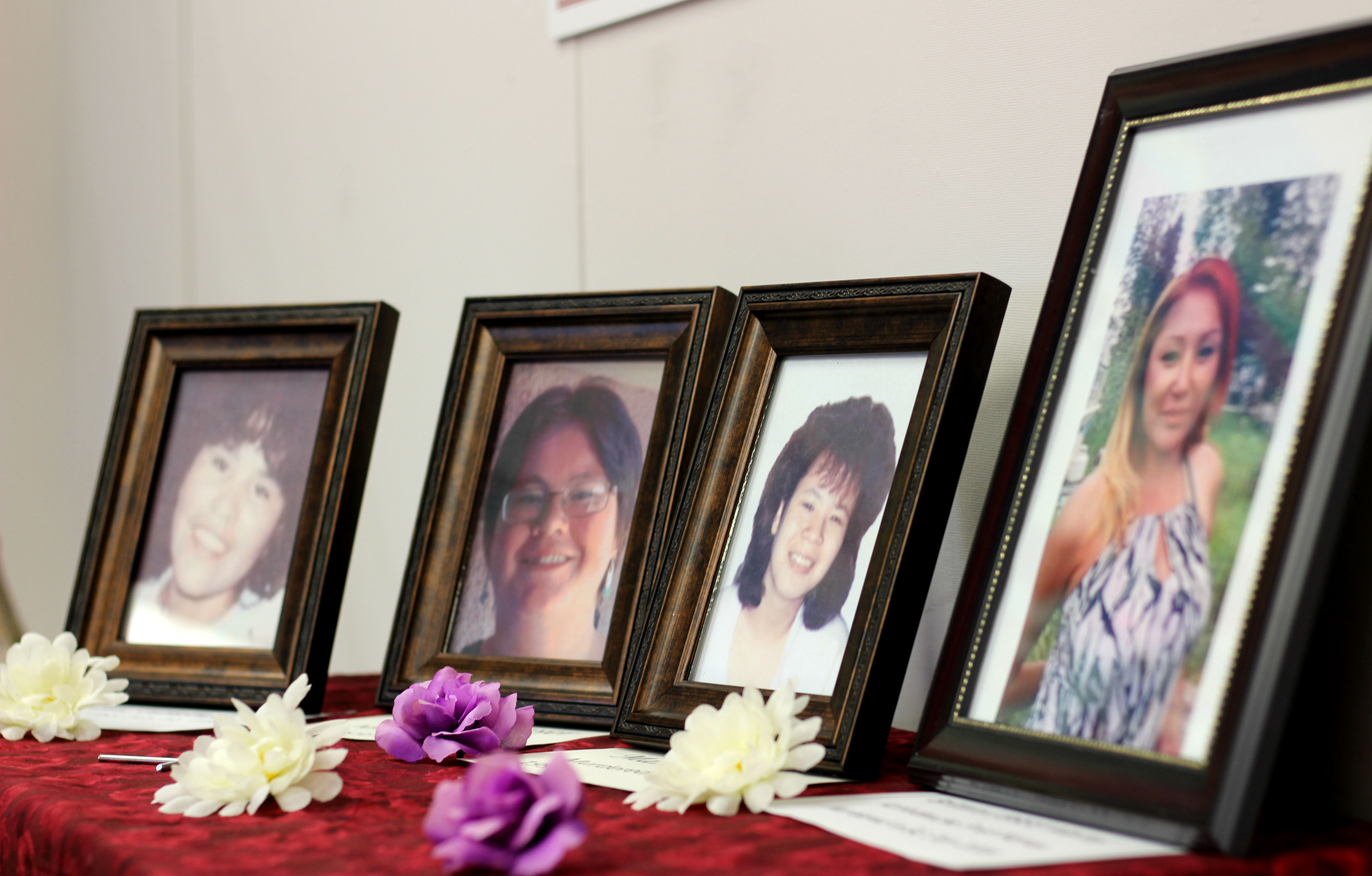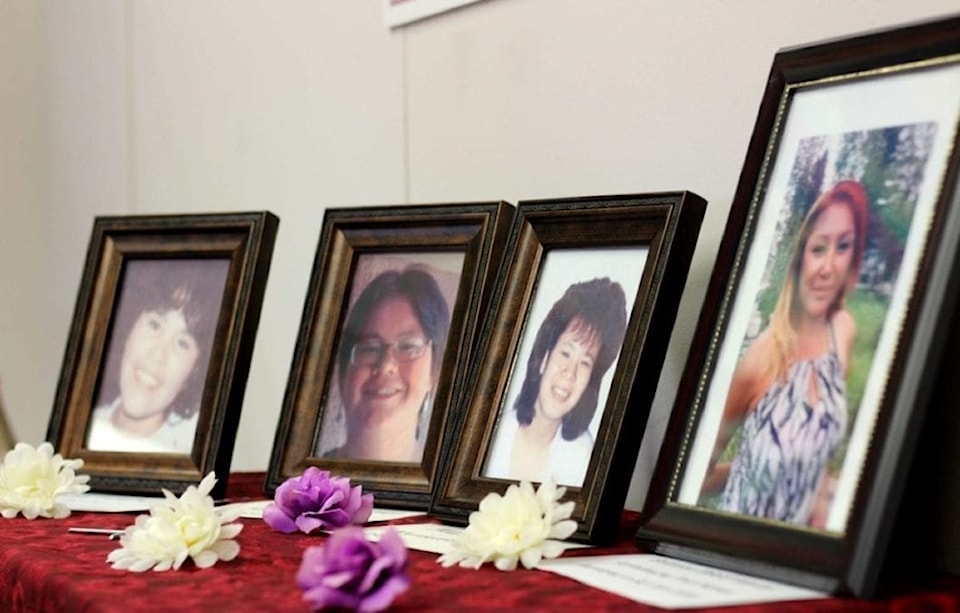In the summer of 1986, Betty Bird was well on her way to joining the military. The twenty-year-old ran and trained everyday.
Then everything changed.
She learned her close childhood friend had been murdered in Edmonton on June 4.
As teens growing up in Fort Smith, the two had bonded over their shared, unspoken trauma. Kindred spirits with a deep connection.
Some time after hearing the horrible news, Bird picked up an Edmonton newspaper.
In bold black ink, the story of who her friend was was lost; replaced with one that “belittled” and “degraded,” her. She'd been whittled down to nothing more than a murdered streetworker.
To Bird, she was so much more.
Dropping her military dream, Bird pursued a new one. In the wake of her friend’s death, and the “enraging” media portrayal that followed, she went back to school to become a social worker.
“I just wanted to make a difference – to make her death count; for her not to be just another statistic,” said Bird.
“She’s been my motivator.”

For the past 27 years, Bird has worked in the “helping field.” She’s now stationed in Fort Simpson as a victims service worker.
In an office room above the Yellowknife post office, adorned with photos – some fading, some new – of local missing and murdered women and girls, Bird’s strong voice wavers at times, her eyes reddened by a receding tide of tears.
Just moments before, she was joined by other friends and family members of murdered and missing Indigenous women and girls at the Native Women’s Association of the NWT's office. There, representatives of the non-profit reflected on the final report from the National Inquiry into Missing and Murdered Indigenous Women and Girls.
During a panel discussion on how Indigenous women and girls in the North can be protected from violence, one answer kept coming up: long-term funding for community-centred services that safeguard the vulnerable from continued violence.
When Bird moved to Fort Simpson, a Dehcho community populated by 1,200 plus people, there were six suicides her first year there. Bird, the only on-call victim services worker in the community, often works overtime, taking calls in the middle of the night; volunteering countless hours.
Bird has to, she said. "Our community is in trouble.”
Among the 231 “calls for justice,” the final report calls for “specific and long-term funding to create and deliver prevention programs, education and awareness campaigns designed for Indigenous communities and families related to violence prevention and combating lateral violence,” along with the development of an “enhanced, holistic, comprehensive approach for the provision of support to Indigenous victims of crime and families and friends of Indigenous murdered or missing persons.”
Overwhelmed, overburdened and dealing with a high turnover rate of victim service workers, Bird said she’s encouraged to see discourse happening over those calls for justice.
_____________________________________________________________________
As a member of the National Inquiry’s Family Advisory Circle, Lesa Semmler played an important role in ensuring issues faced by Indigenous women and girls in the North were reflected in the final report.
In her role, she spoke about the needs of small communities in the territory – advocating for strengthened police and health services.
Semmler, who attended Wednesday’s discussion at the Native Women’s Association of NWT alongside Betty Bird and others, said she pushed for long-term support in communities, to provide “as much support and care,” to make residents feel comfortable in their communities.
Because, she said, protecting women and girls from violence is a long-game, one that requires long-term funding and support.

“It takes many times for someone to leave a violent relationship," said Semmler. "You might have to help them 15, 20 times. But wouldn’t you rather help them 15, 20 times than have to help a family get through burying them?”
In 1985 in Fort Smith, her mother Joyce Semmler was murdered by her common-law partner. Semmler was only eight.
Decades later, Semmler now a mother, said she didn’t get involved in advocacy work, or with the National Inquiry, for herself.
“It’s for the future generations of women and girls and our families and our boys and our men so that they can have healthier, happier lives so they know they can live free of violence. That’s why I do this,” she said.
On Wednesday, Jane Weyallon, president of the Native Women's Association of the NWT, made it clear she agreed with the final report’s findings: that ongoing, colonially-rooted violence against Indigenous women and girls “is a genocide.”
Semmler wholeheartedly supported the use of the word.
“The definition – we meet," she said.
“As Aboriginal people, we’ve known what’s been happening. We just didn’t have a legal, colonial tool to say ‘here, now let’s work on it,'” she continued.
Semmler said she hopes the inquiry's final report will empower women and girls to speak up, use their voices and engage politically to spur change.

Brendan Burke/NNSL photo
As for closure, for Semmler, healing is helping.
“As long as I continue to help, I’m healing,” she said.
_____________________________________________________________________
On June 5, almost 33 years to the day her friend was murdered in Edmonton, Betty Bird made a long-awaited discovery.
After years of searching archives, calling numbers and visiting countless cemeteries to no avail, she finally found her childhood friend’s resting place.
Bird was due to visit her gravesite in Edmonton over the weekend.
Without the inquiry, and the help of a Yellowknife-based victims services employee who connected her with the right information, finding her lost friend wouldn’t have been possible, said Bird.
Before learning the whereabouts of her friend’s final resting place, Bird said she “didn’t realize how much she still carried."
Since then, she’s cried for two weeks straight.
With the visit, she hopes to find closure.
